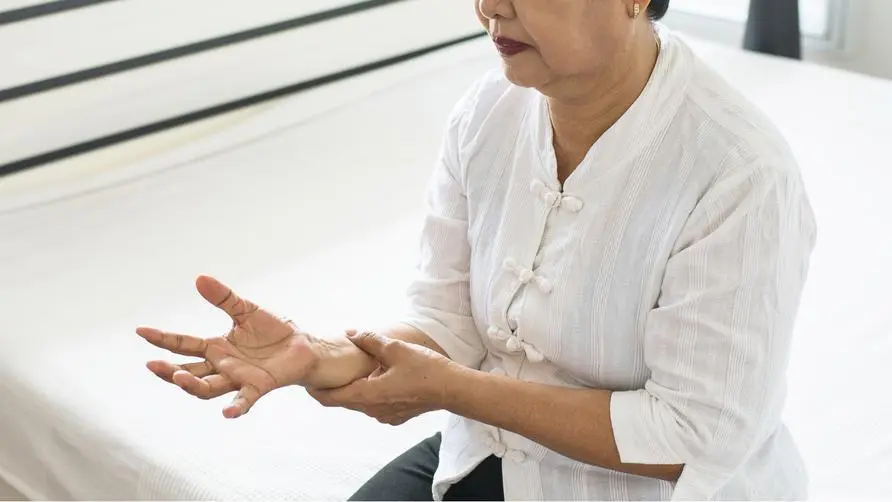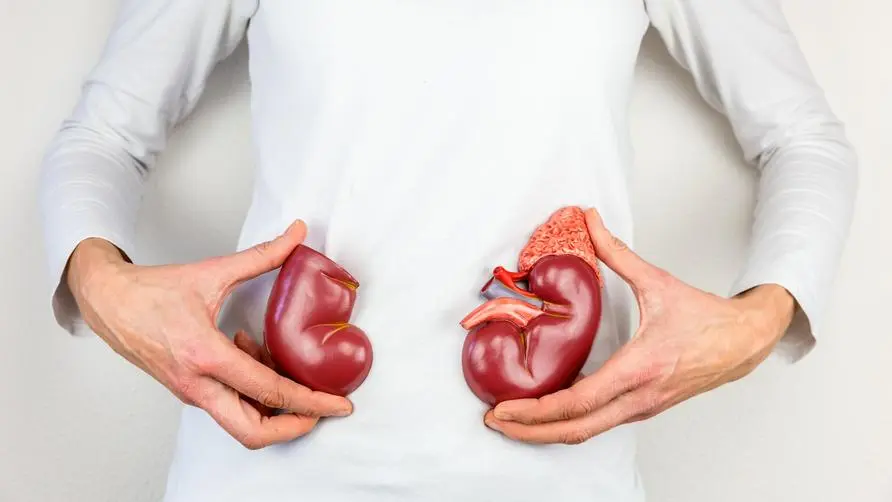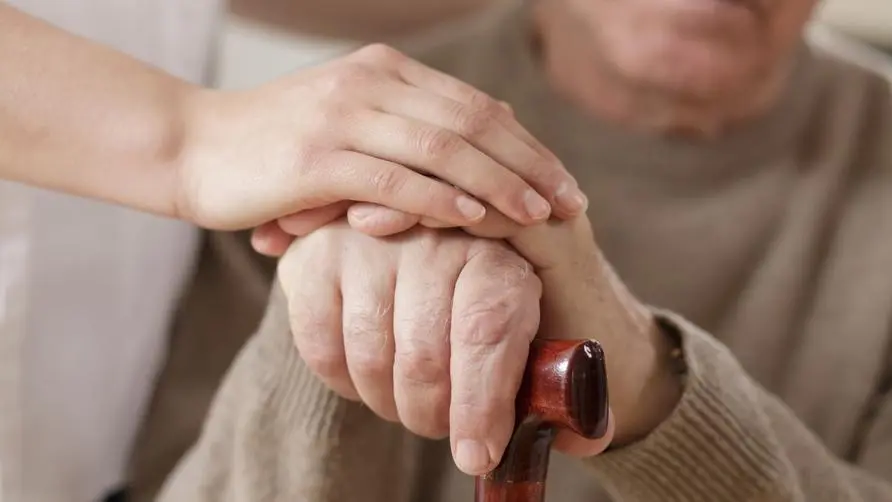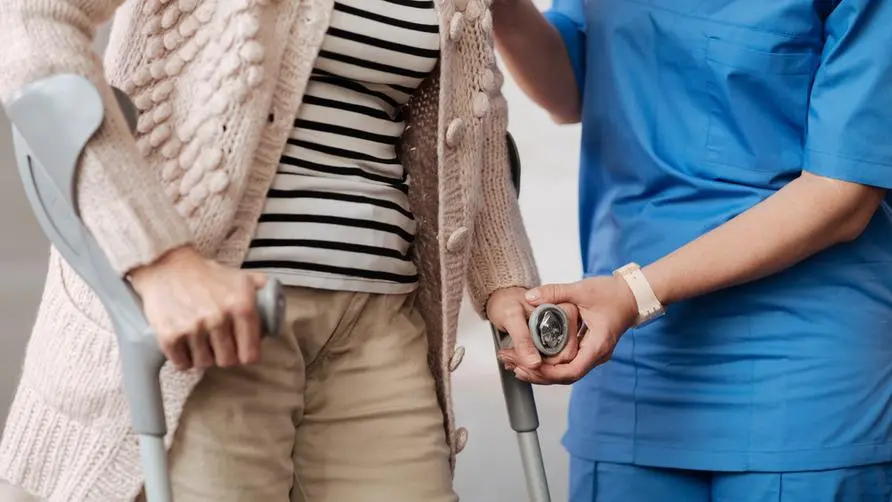Can stroke cause Parkinson's disease? Doctor reminds "3 actions" to prevent vascular disease from damaging the brain

Are your hands shaking after a stroke? These people are at risk of Parkinson’s disease
Poor control of the three highs not only increases the risk of stroke, but also causes Parkinson’s disease? April 11 is World Parkinson’s Disease Day. Dr. Zheng Zhiwen from the Department of Neurology at Guangtian General Hospital pointed out in an interview that the age of onset of Parkinson’s disease falls between 50 and 60 years old. It is a common neurodegenerative disease. The current cause of the disease is It is still unclear, but the disease is mostly related to genetics if it occurs before the age of 50.
Dr. Zheng Zhiwen explained that the possible causes of Parkinson’s disease are different. Some studies believe that there is a positive correlation with exposure to chemicals and heavy metals. For example, long-term exposure to metal elements such as manganese in iron factories and cleaning factories has a certain proportion of similar cases. Parkinson’s disease symptoms.
In addition, Parkinson’s disease caused by blood vessel problems is not uncommon. Dr. Zheng Zhiwen explained that some patients with cardiovascular disease may suddenly develop symptoms of Parkinson’s disease such as hand tremors due to “mini-stroke” that damages the basal ganglia of the brain and affects the secretion of dopamine. A high proportion of Taiwanese people suffer from cardiovascular problems, and the part of the brain damaged by a stroke may have sequelae, and may even require long-term medication control.
The most severe of the four major symptoms of Parkinson’s disease “TRAP” may make you unable to walk
Dr. Zheng Zhiwen said that “TRAP” is a mantra to express the common symptoms of Parkinson’s disease. T (Tremor) is tremor, especially resting tremor, where the hand shakes when stopped but not when moving. R (Rigidity) refers to stiffness, and the body is stuck like a gear. The combination of T+R is A (Akinesia), and the patient will have slow movements. P (Postural instability) refers to unstable gait and posture.
Parkinson’s disease mostly develops gradually. Dr. Zheng Zhiwen pointed out that in the first stage, one side of the disease will tremble; in the second stage, symptoms will appear on both sides of the limbs; in the third stage, gait begins to appear unsteady; in the fourth stage, it is no longer possible to walk. , can hardly walk or stand; may become completely bedridden in the 5th stage.
As the disease progresses, the patient’s condition will become worse and worse. Interventional drugs and appropriate maintenance can delay the deterioration of the condition. When there are related symptoms, it is recommended to perform gentle and soft exercises and avoid too intense exercise training. Patients with unstable mobility can use assistive devices to help them walk and reduce falls.
In addition, there is also the surgical treatment of “deep brain stimulation”, which involves surgically implanting a chip into the brain, which has a certain degree of risk. It is usually suitable for patients who are younger, have obvious symptoms, and have poor drug control. After patients take medication for a period of time, they may experience a “switch phenomenon” of freezing of gait. Currently, there is no specific treatment method, and medication adjustments should be discussed with a physician.
How to reduce Parkinson’s disease risk? If something happens, go to the neurology department as soon as possible.
Dr. Zheng Zhiwen reminded that in clinical practice, many patients who develop symptoms of Parkinson’s disease after stroke are mostly of a certain age and often have various chronic diseases. It is recommended that people with chronic diseases should properly control the three highs, maintain good eating habits, and reduce exposure to chemicals, which can help reduce the risk of Parkinson’s disease.
When related symptoms occur or Parkinson’s disease is suspected, it is recommended to first seek treatment at a neurology department. Dr. Zheng Zhiwen explained that the symptoms of some diseases are similar to Parkinson’s disease, and a doctor should check or take medication to determine whether it is Parkinson’s disease. The public is reminded that when they notice hand tremors or slow movements, it is best to consult a specialist at the neurology clinic as soon as possible.
Further reading:





